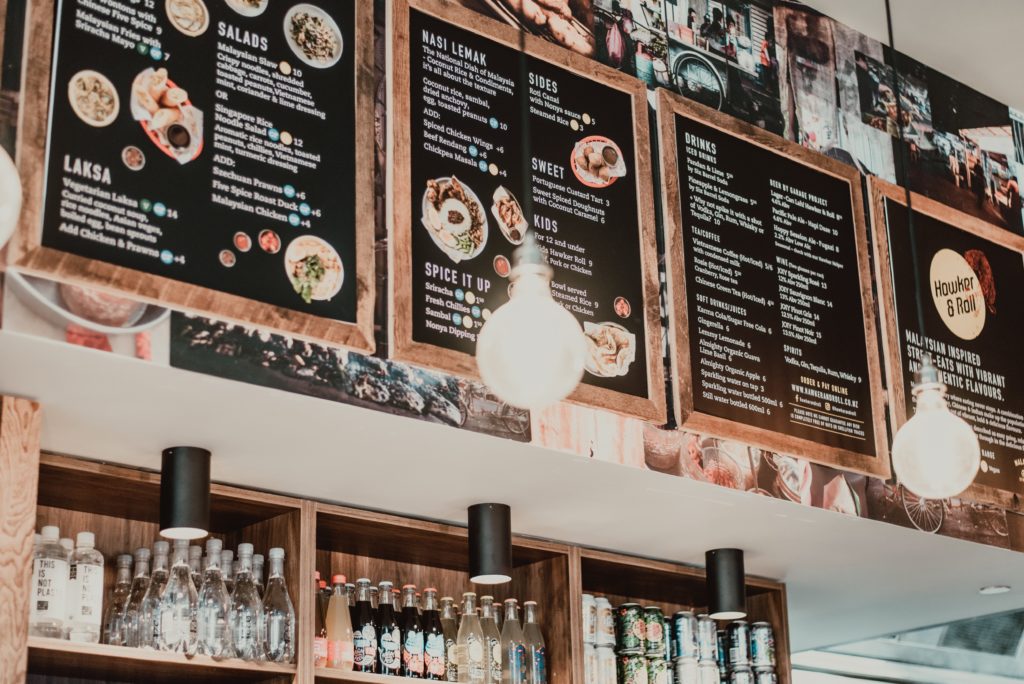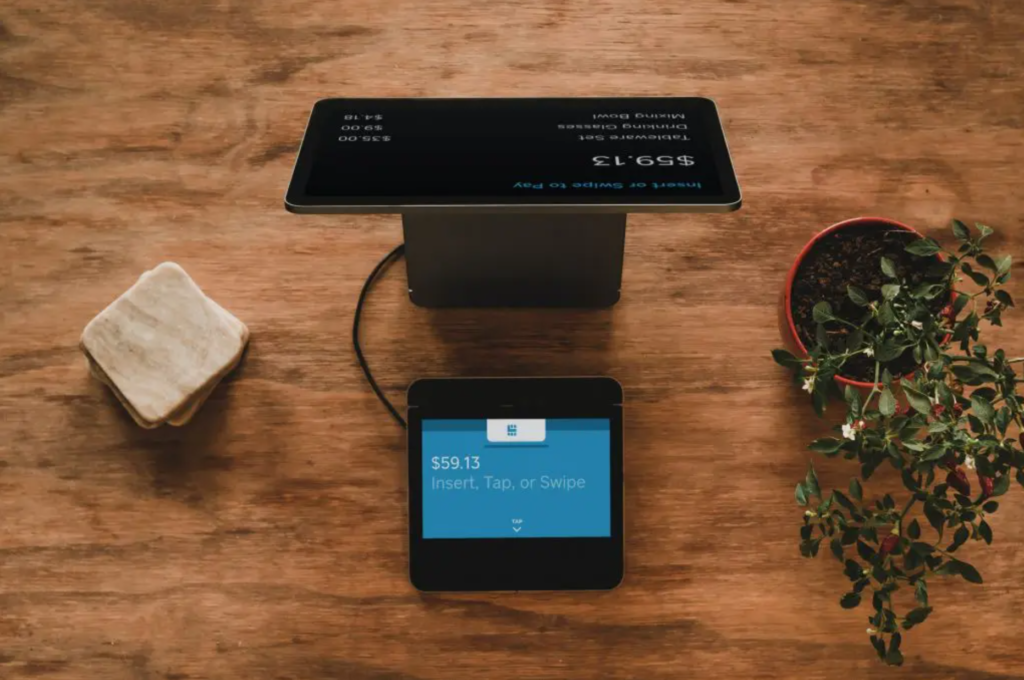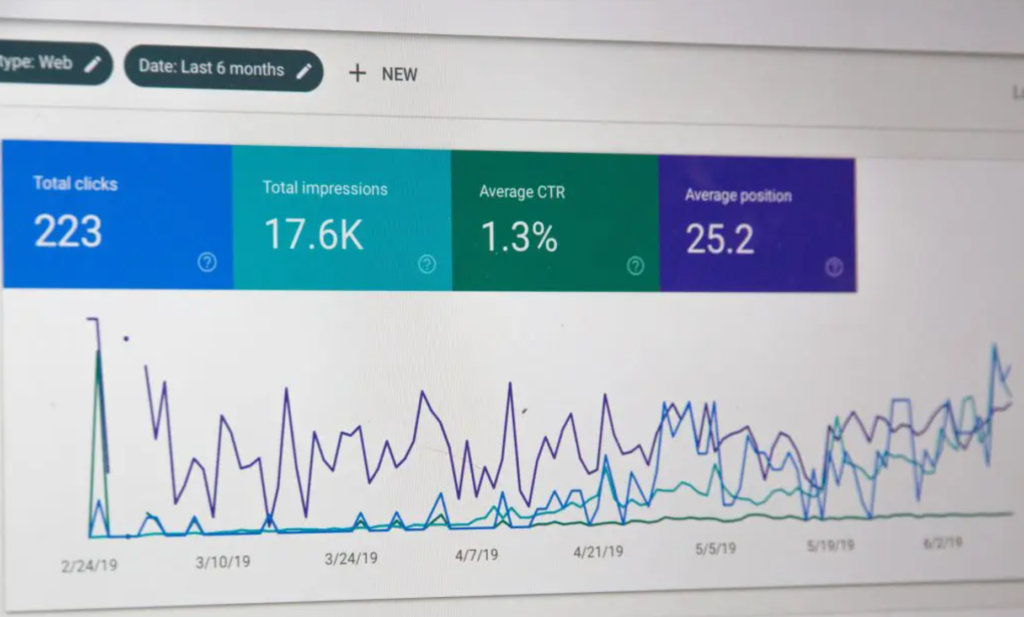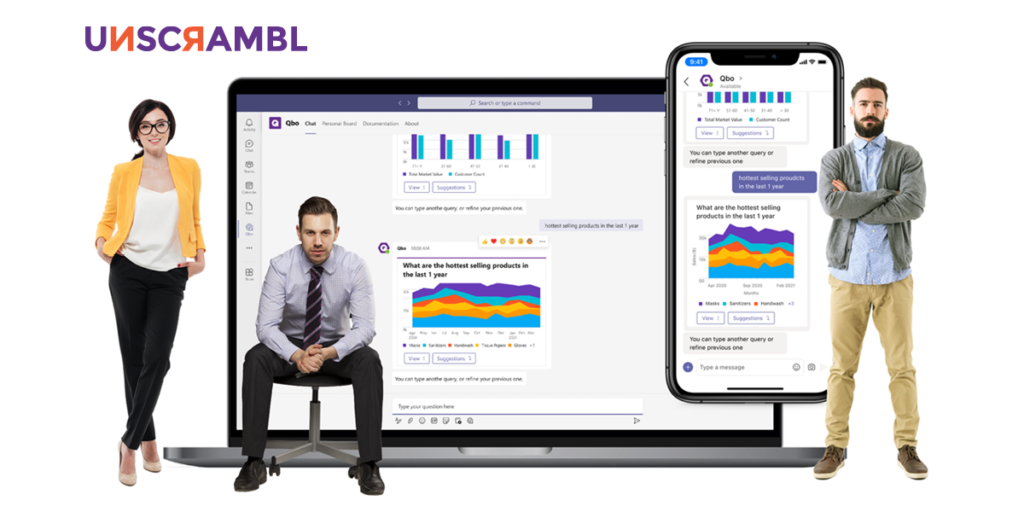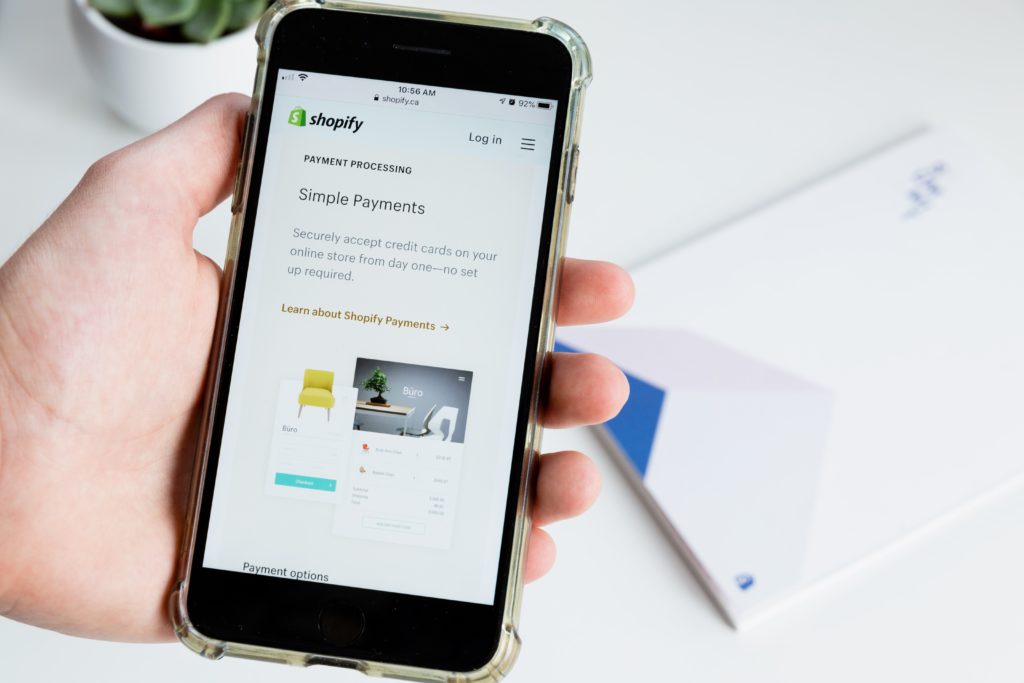 6 Minutes
6 Minutes

Does Business Intelligence and Analytics Really Matter for F&B Businesses?
In the day and age where companies, institutions, and individuals across almost all industries are rapidly recognizing the transformative power of data and actively making the leap into the world of analytics, the ability to make data-driven decisions remains more urgent than ever. This is especially true for the food and beverage (F&B) industry which deals with a large amount and diverse kinds of data on almost a daily basis – from inventory to product to transactional data.
With an annual contribution of 0.8% to the GDP and a total sales value of almost SGD $700 million as of October 2020, Singapore’s F&B industry is one of the most important and rapidly growing components of its economy. In order to discover how local restaurants and food retailers are using data in their day-to-day operations, we at Unscrambl reached out to a few rising entrepreneurs in the F&B industry in Singapore!
Perspectives: Data is This, Data is That.
Denise Ong is the co-founder and creative and communications in-charge of Jaded Macarons, which sells bespoke, made-to-order macarons. Ow Zhen Yu is the owner of Canteen Bistro which is one of the most popular restaurants located in the heart of the city. Dillon Wee is the founder of Cowpresso Coffee Roasters, a company that sells roast coffee beans both wholesale and retail. Elias Tiong is the co-founder of Craft Tea Fox, a lifestyle beverage brand focused on matcha and hojicha. Here’s what they have to say about what data means to their business:
Based on our research, it is clear that there are varying levels of understanding when it comes to business intelligence and analytics, and a spectrum of willingness to adopt BI analytics software to drive outcomes. Given increasing levels of data literacy and the advent of new augmented intelligence solutions that make it easier than ever to adopt business intelligence and analytics, let us look at 3 scenarios which most organizations fall into.
1. Minimal to no willingness to adopt – This can be explained by a lack of familiarity with data and analytics and an underlying concern that it may not be useful at this time for a small, traditional restaurant business.
2. Some willingness to adopt – Some possess a fair understanding of data and analytics as well as how it could help decision making and a desire to perform some analytics on the data collected. However, these individuals are not sure if they have enough data or the right kind of data to derive useful insights, because they are still growing as a company.
3. Has already adopted analytics – Finally, there are those that have already embarked on their analytics journey, utilizing tools such as Google Analytics, Shopify and apps with embedded analytics functionality. They recognize the importance of tracking and measuring performance, and have seen positive outcomes by being able to identify a couple of cross-selling & upselling opportunities using data.
Overall, the primary barrier for small businesses in adopting analytics is that they are not sure how it could help their specific business as well as cost concerns. Additionally, SMEs and individual business owners are often not the focus for large enterprise software, and they would be willing to invest in technology if corporations made it easier for them to begin their journey by tailoring solutions to their specific needs.
Moreover, current business intelligence tools and platforms continue to be complicated and unwieldy for small businesses that are focused on operational aspects of running their day-to-day activities. Are you realizing the true value of, and equipped to succeed with data? Let’s explore a few ways how F&B’s can leverage their data effectively.
Understanding F&B Data: A Shortcut to Success
There is no doubt that data and analytics is the way to go in this modern business landscape. Apart from just analyzing KPIs like revenue and profit margin, data analytics goes behind the scenes to answer the “whys” and the “hows” – why a particular menu item sells better on a Tuesday or how different vendors measure up according to cost and quality. But how do restaurants and cafes really use data to drive decision making? To understand this, we need to first take a look at the different types of data generated by restaurants, food service companies, and food delivery platforms.
Inventory Data: This includes the names of ingredients required to prepare each dish offered, the quantity, unit prices, and vendors for each item. Inventory data helps to track ingredient costs and thus enables restaurants to determine profitability by computing cost per dish.
Product or Menu Item Data: This could include metrics such as which menu items are ordered most frequently and in which combinations. Finding out popular dishes is a step to figuring out what brings customers back to the business and this would enable the company to roll out combo deals, discount campaigns and so on.
Customer Data:Most F&B businesses collect basic contact information data through surveys and feedback forms such as names, e-mail addresses, birthdays etc. If there is a membership or loyalty system in place, they may store other types of data such as reward points, purchasing habits and the like.
Social Media Data: This is an example of the type of data that is becoming extremely important by the day. A good social media presence enables businesses to collect information about their marketing outreach, audience engagement rate, number of followers and this in turn helps them to target their marketing efforts towards particular groups of customers
Analytics-Driven Decision Making for F&B Businesses
Once you have an inventory of the various types of data at your disposal, you can start exploring ways to exploit this information to improve your bottom line. Here are some examples of ways in which you can do this.
Identify Sales Trends & Improve Menu Design
Analytics helps to discover new trends in data, for e.g., an increase in online ordering or seasonality such as reduction in number of customers around the holidays.
Descriptive and prescriptive analytics together would help F&B companies to vastly improve on their menu design by identifying the best-selling products which bring back repeat customers and identifying what types of products are sold the most (appetizers, mains, drinks etc.) and in which combinations.
If the restaurant has multiple branches in a particular geographic region, it could further help to identify the best performing branches and explore the reasons for the same.
Optimize Inventory Levels & Labor Costs
By leveraging analytics, businesses are also able to efficiently manage their inventory both in terms of demand forecasting and waste optimization.
They can track inventory, identify excess demand for particular items and avoid any excess ordering across different stores and even detect theft. With regard to labor costs, they can identify slower shifts, allocate staff accordingly and optimize the mix of full-time and part-time staff required.
Understand Customer Behavior
Customer segmentation or profiling is a powerful analytics method that helps businesses understand the demographics, socio-economic status, spending habits and more of their customers. This helps to both attract new patrons and retain existing ones.
It could also help to craft different types of membership systems or loyalty programs. The more a company understands a customer, the more customized the service, and hence the happier the customer.
Boost Marketing Efforts
Combining the different sources of internal data mentioned earlier such as sales trends together with external data about events, weather etc. enables businesses to polish their marketing strategies.
With the advent of social media analytics, companies have the ability to be constantly in touch with potential and existing customers and increase brand engagement.
Today, hyper-personalization is the name of the game hence improving marketing efforts and making promotional campaigns more targeted could have big implications in terms of increasing the brand outreach, revenues, or simply boosting the brand reputation.
Embracing Data & Analytics – The Way Forward for F&B Businesses
Considering the magnitude of insights and benefits offered by understanding data, it would definitely not be wrong to say that for F&B businesses, data is the way forward. F&B businesses that embrace data and analytics foster profitable ecosystems that enable them to drive profitability, business strategies, and create lasting connections with customers. Safe to say, to thrive in the current landscape, the only way through is data.
Delve into Qbo today with a free trial for 14 days, generate data-driven insights, and lead the way to a transformative F&B experience for your company as well as your customers.

